Decentralized ventilation systems are installed in the outer wall and provide the room with fresh air. With this type of ventilation, the living space does not require kilometers of pipelines.
The FreeAir 100 decentralized ventilation system has a number of advantages, in particular:
- Significantly better air quality provides a high level of comfort.
- Saves heat energy, saving home residents money on heating and cooling.
- No more hassle of opening windows to ventilate the living area.
The FreeAir ventilation system is very easy to install thanks to well-designed structural components.
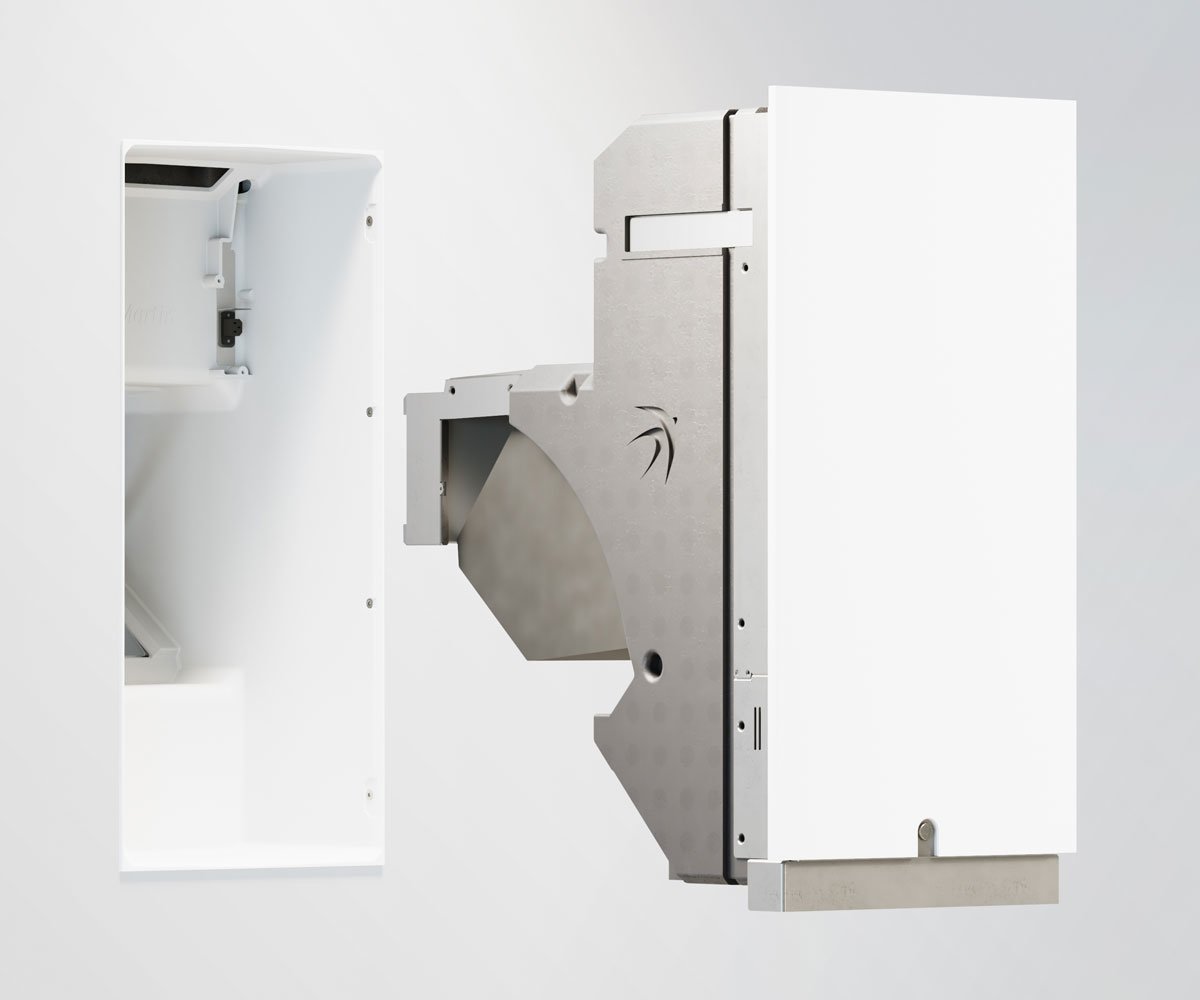
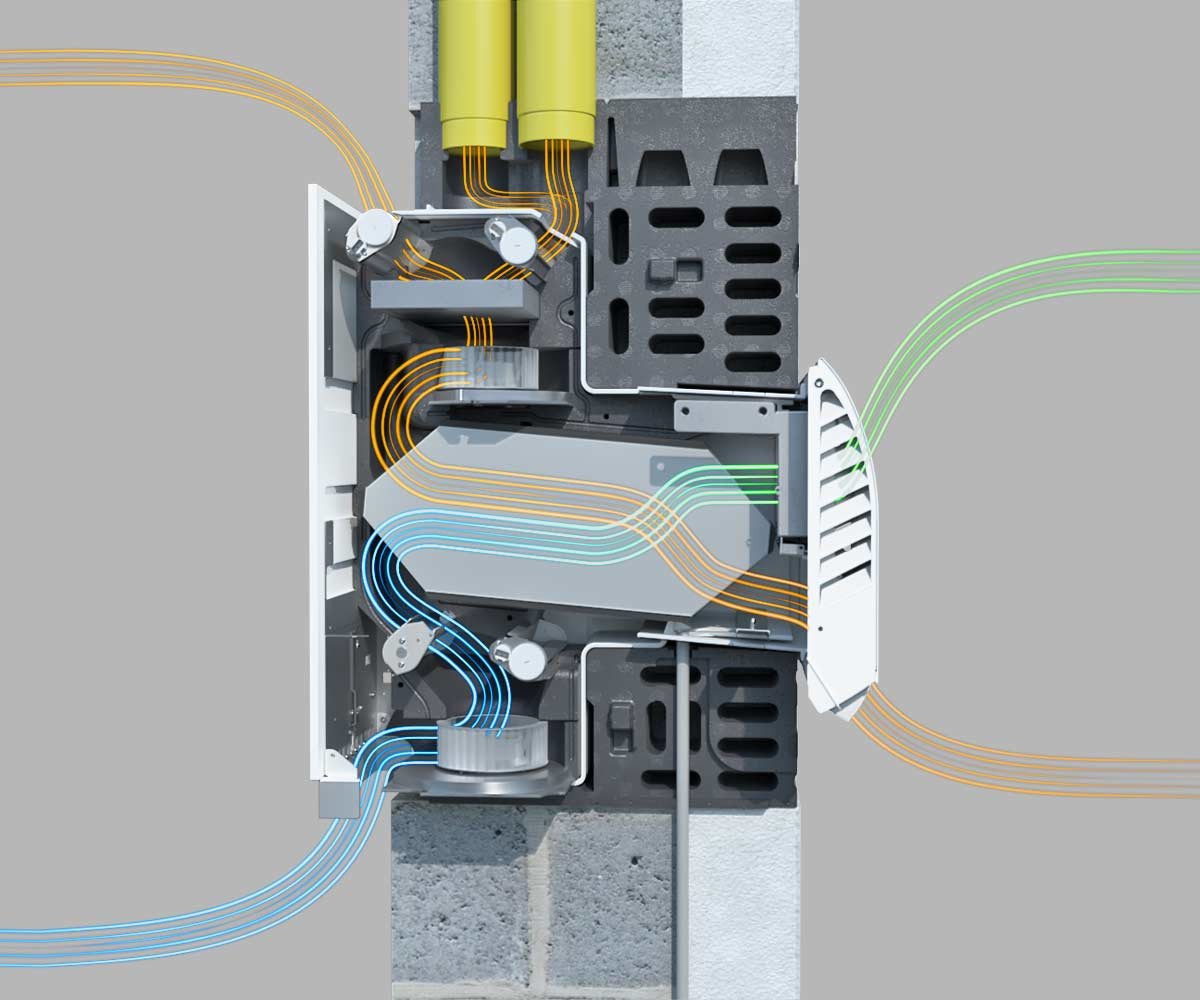
The FreeAir 100 system is located in the outer wall and at the same time provides the room with fresh air and exhausts (balanced ventilation). Exhaust air rooms, such as a bathtub, are connected directly to the outdoor wall unit via short lines. Additional air supply rooms can be connected to the living room ventilation without ventilation lines thanks to the intelligent overflow FreeAir plus.
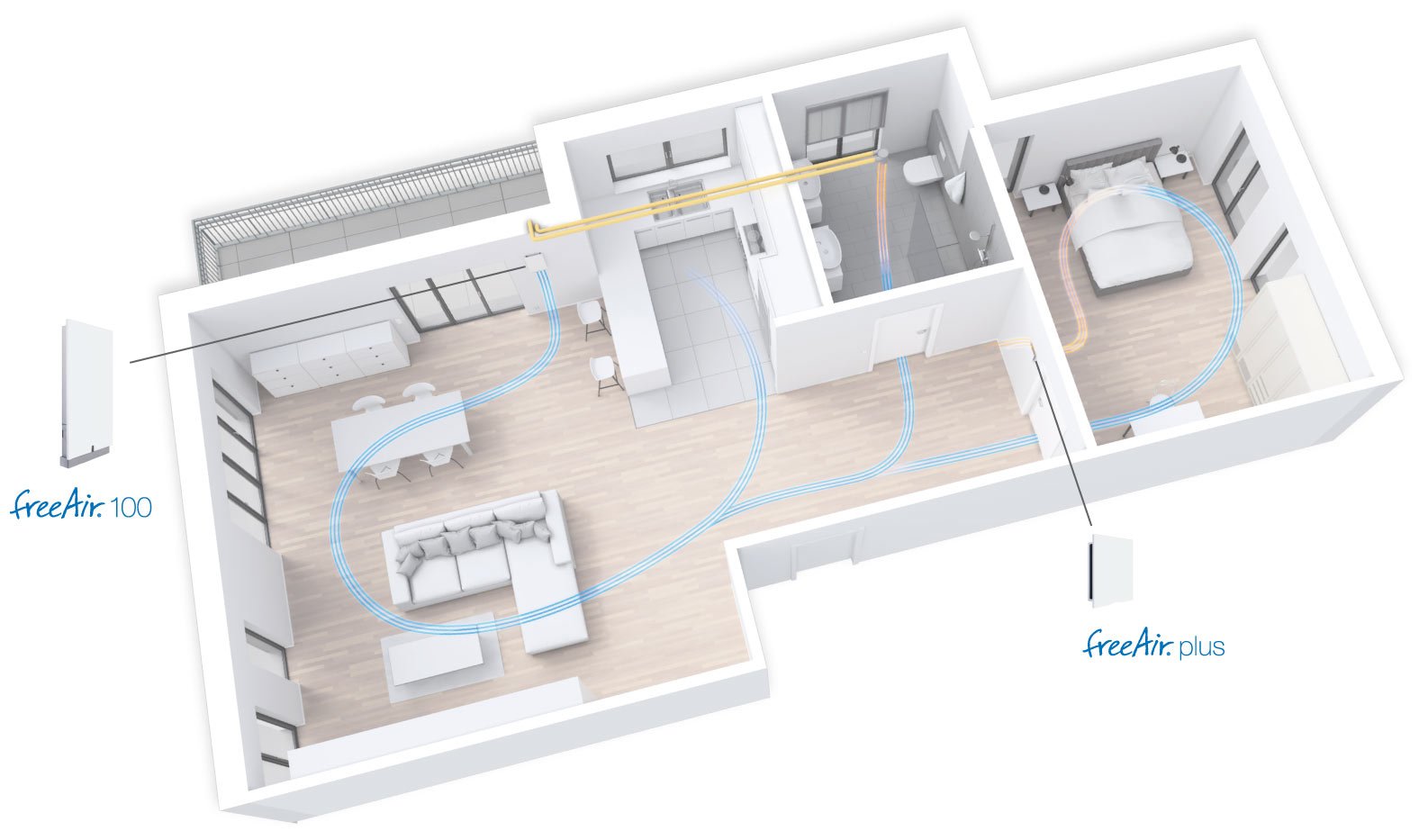
It is especially important for efficient ventilation of the living space that the right amount of air is always supplied: more intensive ventilation is required during cooking, after a shower or during a house party. On the other hand, ventilation of living quarters should reduce work capacity when there are fewer people in the room or they are not present at all.
The FreeAir ventilation system has 8 sensors that detect indoor air quality and monitor its air volume, measure temperature, moisture content and CO2 concentration - both indoors and outdoors. Intelligent humidity control prevents air that is too dry or too humid. All sensors are located in the ventilation unit, so you do not need to lay any sensor cables.
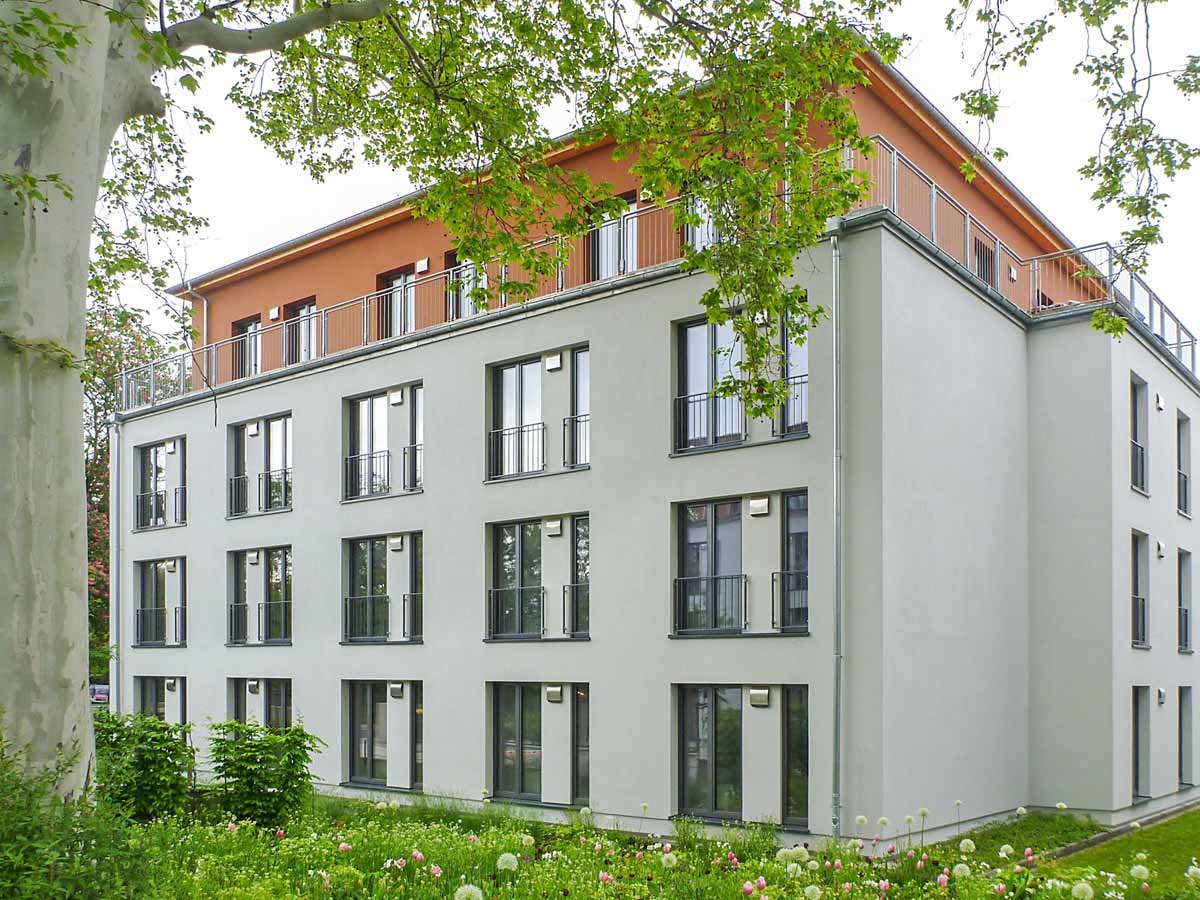
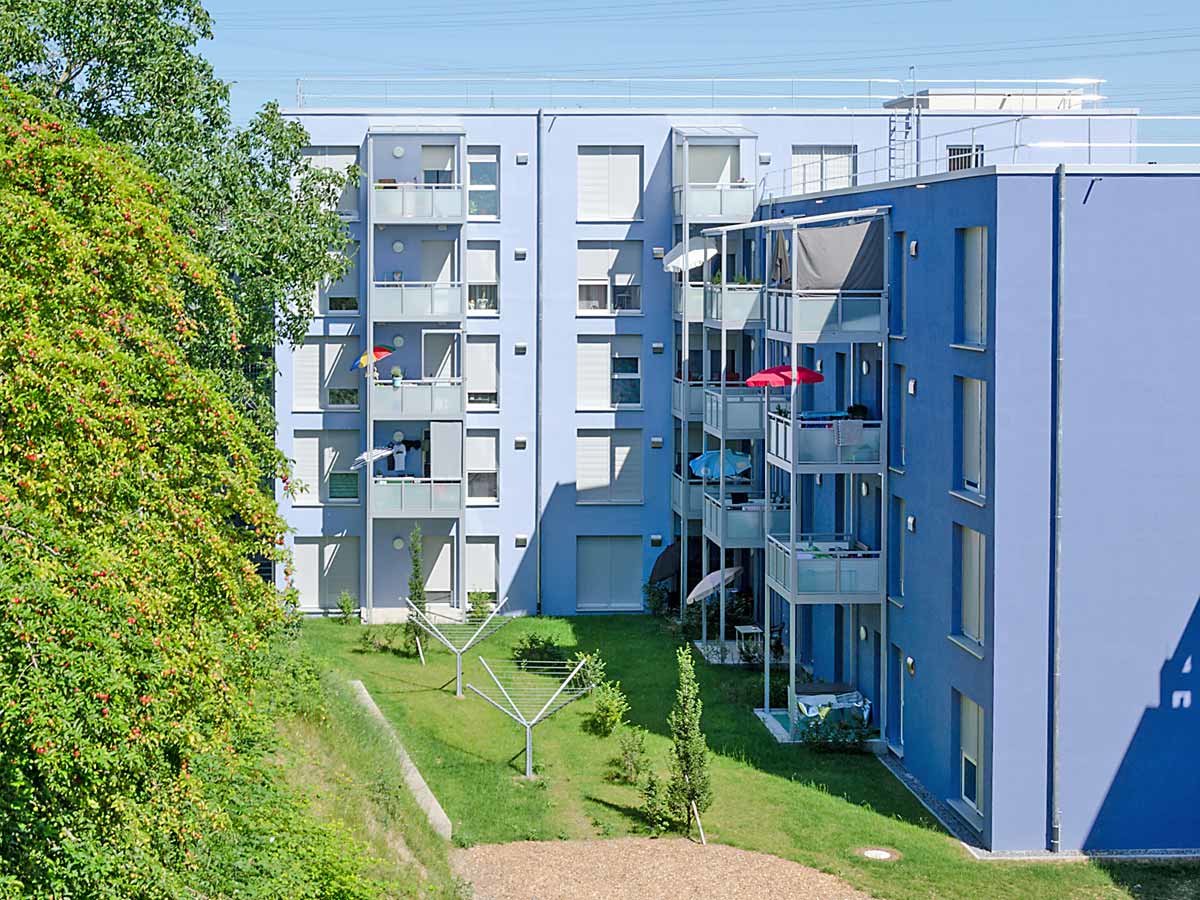
The ventilation system is certified by the Passive House Institute (PHI) as a component of a passive house for residential ventilation. According to especially strict test criteria PHI and EN 13141-8, the degree of heat supply is 87%
Ventilation with heat recovery is hygienically safe because the two air streams do not mix. In the countercurrent heat exchanger, the exhaust air and fresh air are directed past each other in separate channels. The temperatures of both air streams are equal, because the heat-conducting partition transfers heat from the exhaust to fresh air. It also has a positive effect in the summer. On hot days, the hot outside air is slightly cooled by the exhaust air. At night, the living room ventilation is used for cooling. Then the so-called bypass is turned on, which provides the room with cool night air bypassing the heat exchanger. All this happens completely automatically: the living room ventilation sensors detect temperature changes and give a signal to the ventilation system to activate or deactivate the bypass.
Ventilation with heat recovery reduces the cost of heating and cooling the building during operation and helps to achieve a higher class of building efficiency.
BluMartin's decentralized ventilation system works with high-quality ePM 10 filters. The ventilation system not only protects the indoor air from insects and coarse dirt particles, but also filters pollen and dust that could otherwise enter the human respiratory tract.
Allergy sufferers can use the freeAir 100 ventilation system with even thinner ePM 1 filters that greatly protect against viruses, aerosols and smoke particles that otherwise enter the alveoli and bloodstream.
Dust is also generated in the room, which can contaminate the heat exchanger of the ventilation system. To prevent this, the ventilation unit is protected by an exhaust air filter.
As a rule, the filters of the ventilation system must be replaced once a year. Each resident can do it himself in a few simple steps.
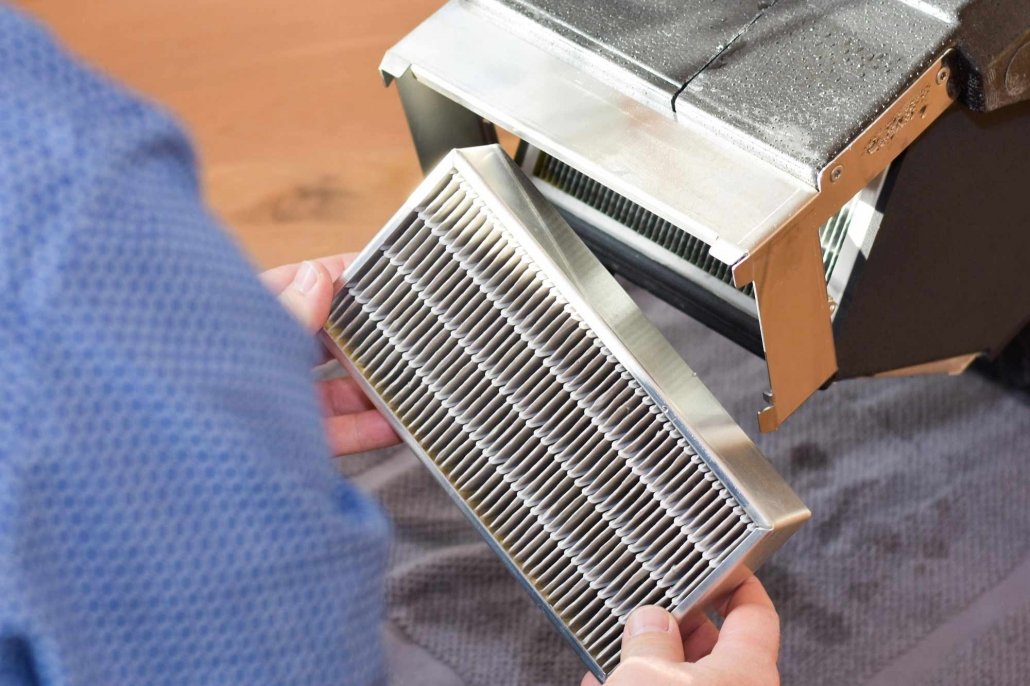
More about ventilation systems
